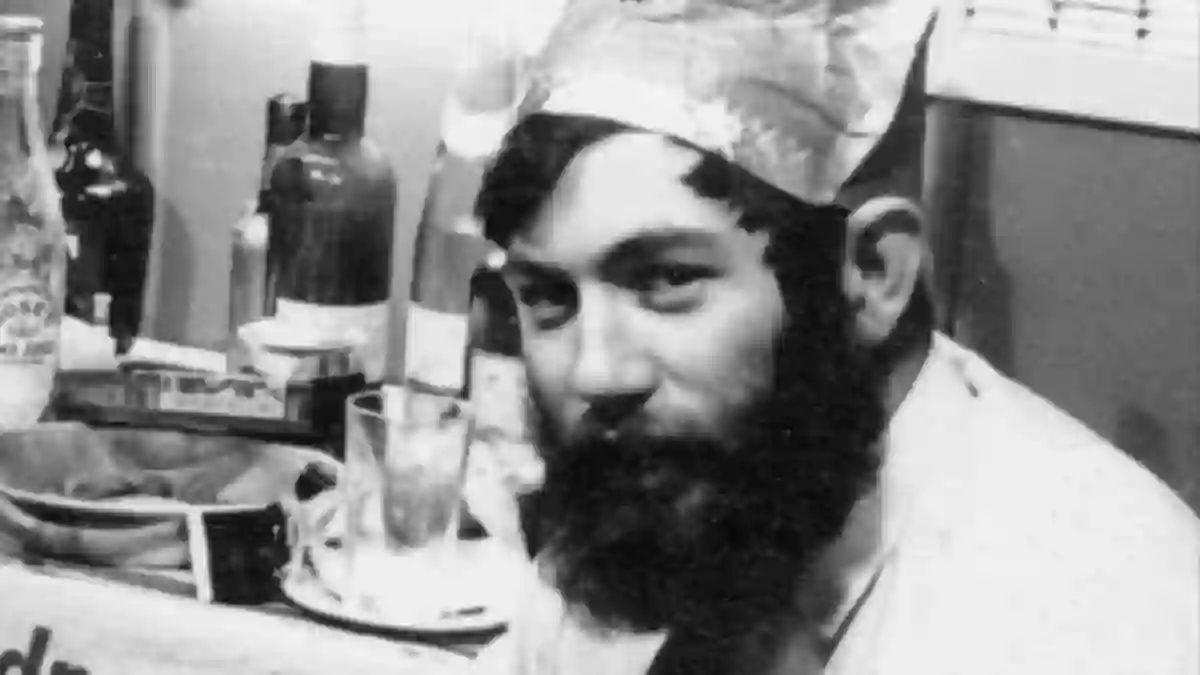For more than six decades, the icy wilderness of Antarctica kept a heartbreaking secret.
Beneath layers of snow and shifting ice lay the remains of a young British adventurer whose life ended far too soon.
Now, thanks to a stroke of luck and modern science, that secret has finally been uncovered, bringing long-awaited closure to his family.
The Adventurer Behind the Story
Dennis ‘Tink’ Bell wasn’t just any 25-year-old.
Born in London in 1934 and raised in Harrow, he had a talent for fixing engines, building radios from scratch, and even developing his own photographs.
After a brief stint in insurance and national service in the Royal Air Force, his adventurous spirit led him to join the Falkland Islands Dependencies Survey—now known as the British Antarctic Survey (BAS)—as a meteorologist and radio operator.
By 1958, he was stationed at Admiralty Bay on King George Island, a remote outpost with just a handful of men.
Known for his big personality, sense of humor, and love for cooking (even if he was a messy chef), Tink brought warmth to one of the coldest places on Earth.
A Routine Survey Turns Tragic
On July 26, 1959, Dennis set out with colleague Jeff Stokes to survey Ecology Glacier.
They traveled with sledges pulled by tired husky dogs, and to encourage the team forward, Dennis stepped ahead without his skis.
Moments later, he vanished—falling nearly 100 feet through a hidden crevasse.
Jeff heard him respond from below and quickly lowered a rope.
But in a tragic twist, Dennis tied it around his belt rather than his body.
As he was being pulled up, the belt snapped.
This time, there was only silence.
Despite desperate rescue attempts in harsh conditions, he could not be reached.
Decades of Unanswered Questions
For over 65 years, Dennis’s fate remained a painful mystery.
His body was never recovered, and only stories from colleagues—like those recorded in Sir Vivian Fuchs’ 1982 book Of Ice and Men—kept his memory alive.
Glaciers, constantly moving and reshaping, likely shifted his resting place deeper into the ice over the years.
An Unexpected Breakthrough
In January 2025, researchers from the Henryk Arctowski Polish Antarctic Station were surveying Admiralty Bay when they spotted human bones among exposed rocks and ice.
The remains, along with over 200 personal items—including a wristwatch, ski poles, a flashlight, and parts of a radio—were sent to the Falkland Islands aboard the research ship Sir David Attenborough.
DNA analysis by King’s College London confirmed the identity beyond doubt, matching samples from his brother David and sister Valerie.
The likelihood of them being unrelated was, according to scientists, virtually zero.
A Family’s Long-Awaited Closure
David Bell, now living in Australia, described his brother as his “hero” and said the discovery had brought peace to their family.
“He’s been found—he’s come home now,” he shared.
Sadly, Jeff Stokes, the man who had been with Tink that day, passed away just weeks before hearing the news.
Honoring a Polar Pioneer
Professor Dame Jane Francis, director of BAS, called Dennis one of the many courageous men who shaped early Antarctic exploration.
His loss, though tragic, became part of the enduring legacy of polar research.
This discovery, she said, not only solves a decades-old mystery but also honors the human stories embedded in Antarctic history.
The Power and Peril of Glaciers
Glaciers are more than breathtaking landscapes—they’re critical to Earth’s climate system.
Acting like giant mirrors, they reflect sunlight and help regulate global temperatures.
Without them, sea levels would rise faster, freshwater reserves would dwindle, and global warming would accelerate.
Yet, these ancient rivers of ice can also be deadly.
Their surfaces may conceal deep crevasses, ready to give way without warning—just as they did for Dennis Bell all those years ago.
